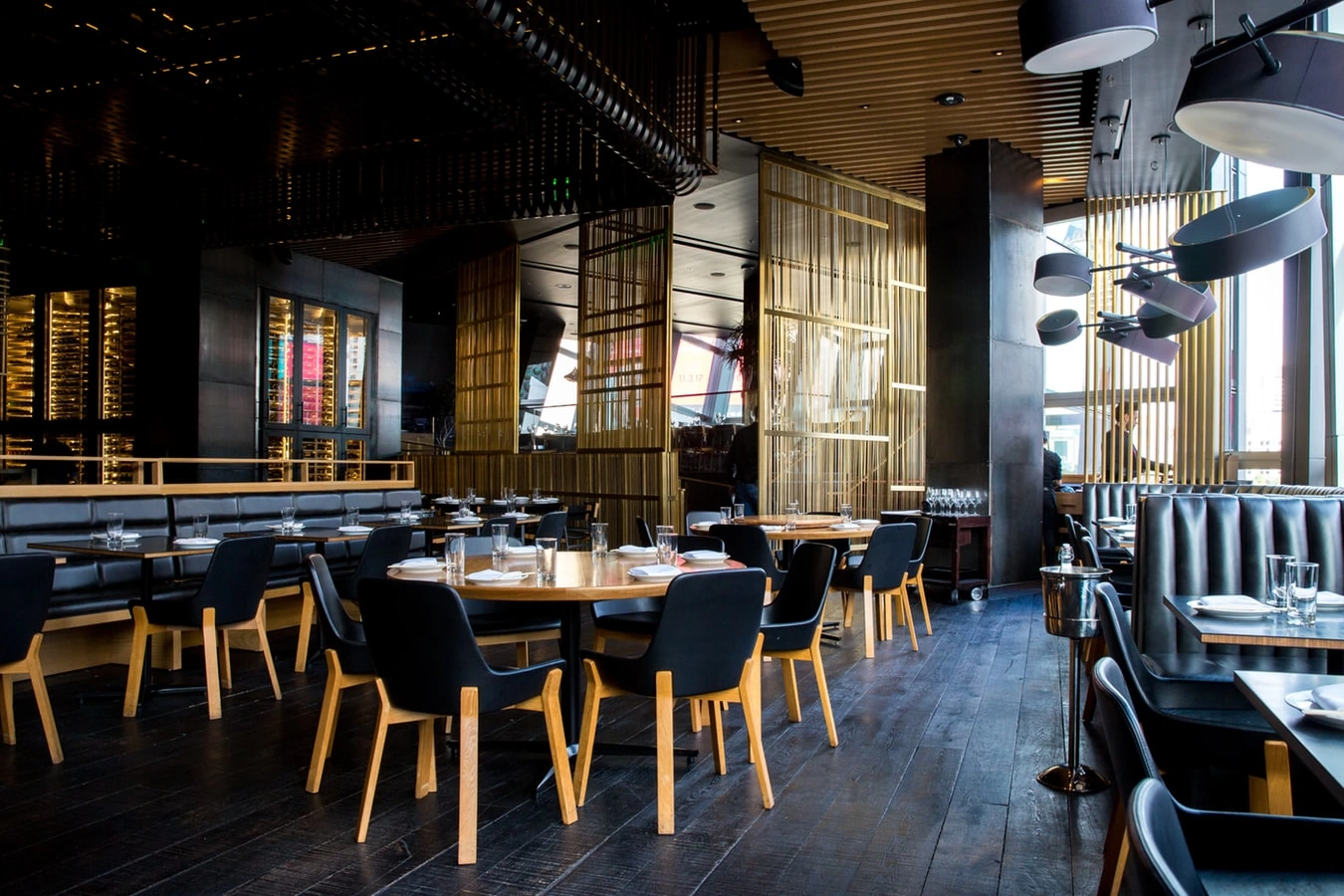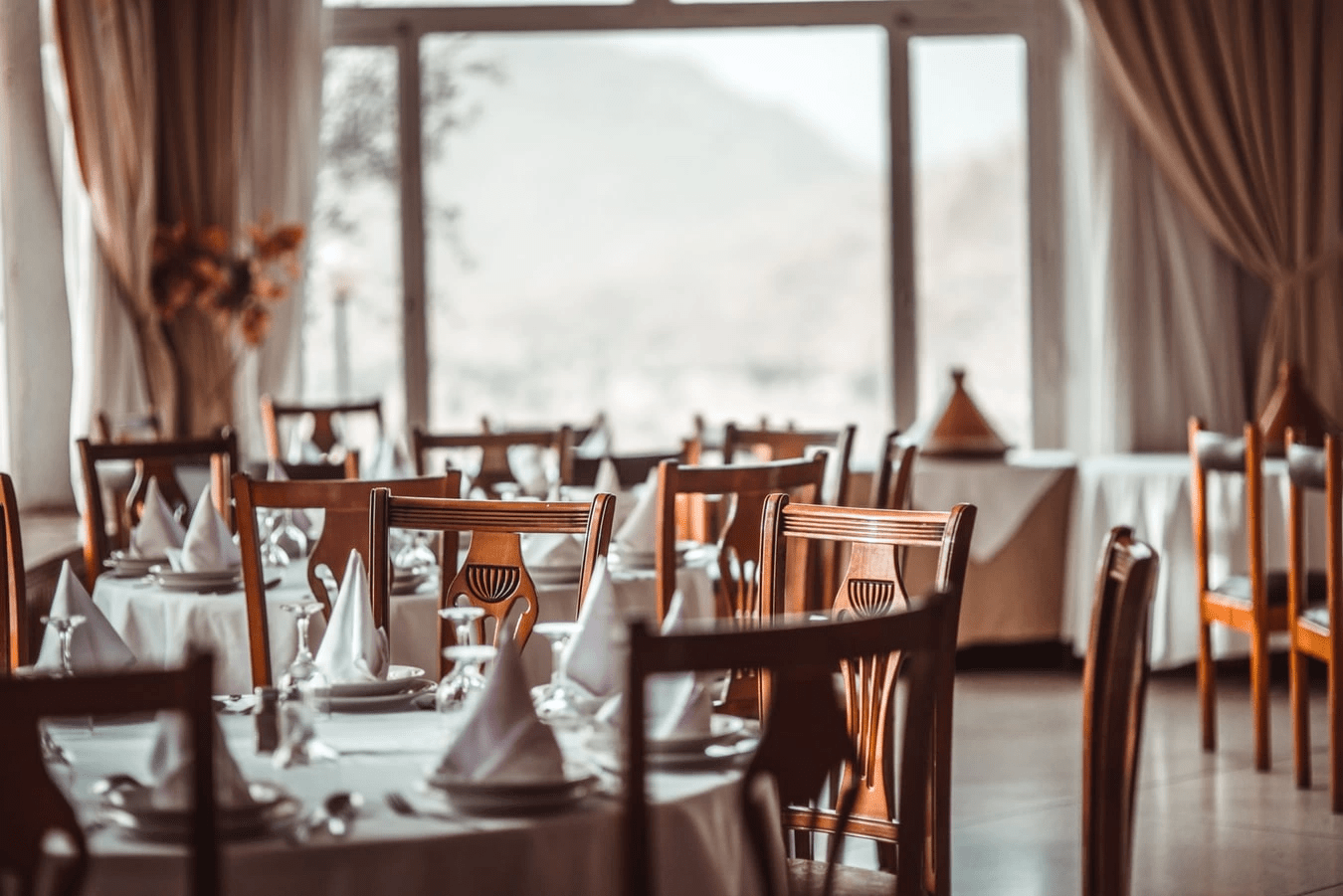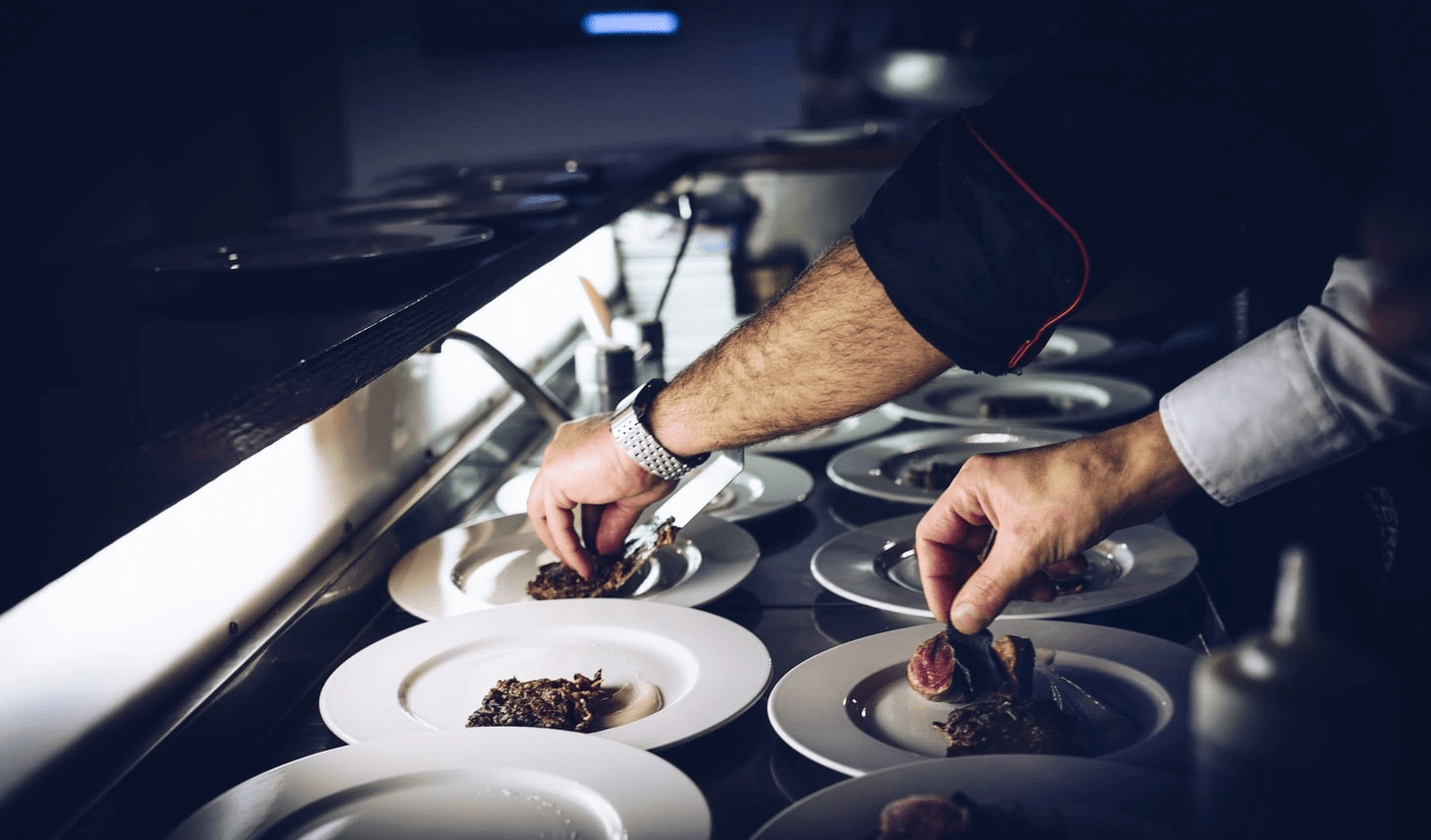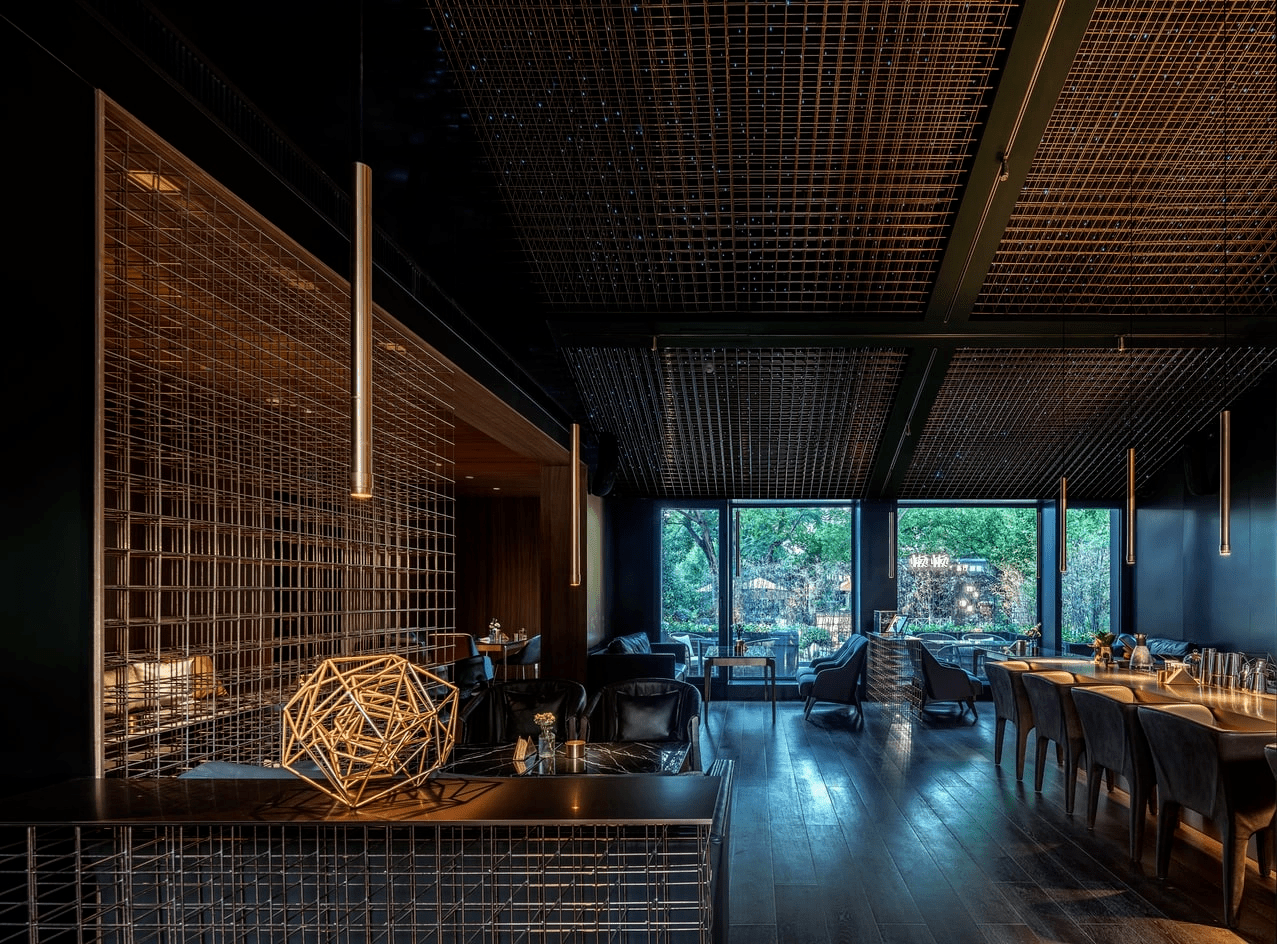Restaurant Noise: 6 Cost-Effective Ways To Handle It
What’s to blame for the increase in restaurant noise? There are a few different factors at play. One factor is design: Modern restaurant design favours open spaces and hard surfaces over the more old-school, compartmentalized style. Tall ceilings and larger rooms amplify sound volume, while open kitchens only add more noise to a restaurant space. Surfaces like marble countertops, brick walls, and bare table surfaces also reflect sound — these design elements leave nowhere for sound to go.
Another factor is the sound’s impact on table turn rates and alcohol consumption. Loud music with a faster rhythm can encourage guests to eat faster. There’s even some evidence that noisy spaces encourage people to drink more and faster. While these things might be good for your bottom line, it’s not worth irritating guests and potentially harming your staff in the long run.
Of course, you could certainly work with acoustical consultants for this, but there are more cost-effective ways you can reduce the noise levels in your restaurant. Let’s take a look at some of them below.
1. Keep background music in the background

Music is an integral part of your restaurant’s atmosphere, and you want it to align with your restaurant’s concept and be appealing to target customers. While the volume of music played in your restaurant will vary based on these factors, background music should largely remain in the background. Keep an eye on the volume, and leave room for your guests to chat without having to speak over one another.
When chosen carefully and played at a pleasing volume that allows for conversation, music will have a positive impact on the dining experience. Always reduce music volume if someone complains, and if you get multiple complaints that music is too loud, reassess your baseline volume and bring it down permanently.
2. Sound-proof your chairs

The sound of chair legs scraping against the floor of your restaurant isn’t a pleasant one. You can easily help to eliminate this sound by putting rubber caps or fuzzy floor protector pads on the bottoms of your chair legs. This will also help you avoid scuffing up the floors, killing two birds with one stone.
3. Utilize curtains, area rugs, and tablecloths

Curtains, carpeting, and tablecloths have become less common in modern restaurant design and decor, but they do help to prevent acoustic issues.
Windows and glass reflect sound, and curtains can help absorb and soften noise levels. Area rugs and carpeting in high-traffic areas like reception or near restrooms can help absorb the sound of staff and guests moving about. Tablecloths help reduce the sound of silverware and glassware clattering on tables.
Implementing this type of decor doesn’t mean your restaurant’s vibe will suddenly be that of a 1950s steakhouse. There are ways to add soft furnishings in a modern way that align with your target market’s tastes.
4. Keep machinery out of dining areas

See if there’s a way you can relocate these stations and machines away from dining areas or if you can utilize sound-absorbing materials on nearby walls and ceilings.
Additionally, furnish the room so the noise stays inside. If your home cinema backs onto the living room, popping the screen on the common wall rather than the speakers will add another layer of sound protection. Alternatively, you can line that wall with bookshelves to display your fantastic DVD and CD collection. Again, this creates another barrier so the noise cannot travel through.
5. Create a barrier to kitchen noise

If you already have an open kitchen concept, separating kitchen noise from your dining areas will be challenging. But if you don’t, make sure kitchen doors are kept closed when possible; you can even soundproof kitchen doors to muffle loud kitchen sounds.
Restaurant architect Justin Alpert suggests closing off an open kitchen with a pane of glass, which leaves the visual effect of an open kitchen intact, but blocks out many of the irritating noises.
6. Let your walls and ceilings absorb the noise

The walls and ceilings of your restaurant may be the biggest culprits of amplifying sound in your restaurant, but there are ways to get them to halt noise from spreading.
You can make your ceiling “soft” by installing sound-absorbing ceiling tiles or soundproof panels. These will prevent the sound from bouncing around. As an alternative, you can hang fabric from the ceiling or on the walls to help absorb sound. You can install other acoustic products like sound absorbers and wall panels while avoiding major renovation and keeping costs to a minimum.
These panels and acoustic products don’t need to be eyesores. Get creative and integrate them into your decor: Drape them in fabrics or paint them in a way that sticks to your restaurant’s theme.
For all of your acoustics and soundproofing needs, contact Acoustica Projects now!
Call us 1300 498 268
Email us – enquires@acousticaprojects.com.au
Website – www.acousticaprojects.com.au

